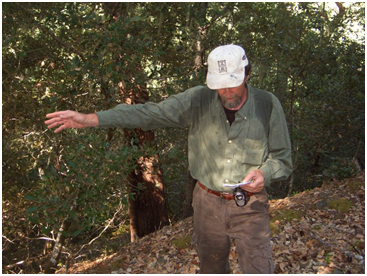Everyone likes to bring up radiocarbon dating for this Hallmark day of love. There’s other kinds of dating we archaeologists use too!
We’ve also got…
Obsidian hydration dating
Tree ring dating (dendrochronology)
Type dating (seriation)
Potassium-Argon dating
The list goes on, my friends! I’m sure you’ve heard the joke “Archaeologists will date any old thing.” It’s true. As a group, we looooove to get dates. Dates are closer to concrete answers. We may never have absolute answers, but we really like to get close to them if possible.
Here at TOA, we have Origer’s Obsidian Laboratory. Guess what we do there? Yep, it’s an obsidian dating service. Flakes and projectile points alike flock to our lab to get a date. We cut, grind, and slip pieces of obsidian between glass to read hydration bands. Go check out our Lab’s page to learn more.
Tree ring dating helps calibrate the ever-so-glamorous carbon dating system. Most people have at the very least heard of radiocarbon dating, but few knew that the simple act of counting tree rings helps calibrate something so obviously scientific.
Dating by types, known as seriation, is a form of relative dating that compares items based on where they fit into the known order of manufacture. I assure you, it has nothing to do with dating your Aunt Sally. Let’s say you’ve three projectile points that are from the same site, but shaped differently and found at different levels. You can correlate their age to the type based on the levels they came from (assuming the site is undisturbed of course). That’s thanks to the law of superposition, which tells us that the top level is the youngest and things get older as we go down into the ground. Once you know the seriation for projectile points (or any other type of artifact) in an area, you can perform this type of relative dating!
Potassium-Argon dating is used on fossilized human remains. It isn’t done much around here, but is popular elsewhere. In practice, it’s much like radiocarbon dating since it deals with measuring the product of an isotope’s decay in relation to its half-life.
So there you have it, folks. A brief look at some other forms of archaeological dating!
-Ginny








